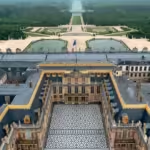Renaissance architecture emerged between the 15th and 17th centuries, revolutionizing the way we perceive and construct our environments. This architectural movement is not merely characterized by aesthetic appeal; it reflects a profound cultural and intellectual rebirth rooted in classical antiquity. During this period, architects sought to revive the principles of ancient Greek and Roman structures, blending them with innovative techniques and artistic features that evoke harmony and balance. In essence, Renaissance architecture serves as a mirror reflecting humanity’s quest for beauty, knowledge, and cultural enrichment.
The Foundations of Renaissance Architecture
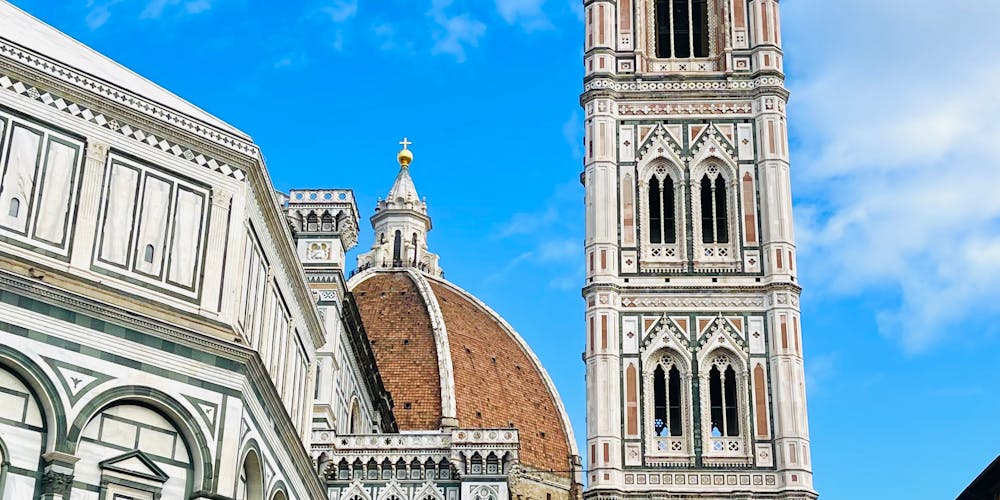
The evolution of Renaissance architecture was catalyzed by various social, political, and economic factors that heralded the end of the medieval era. The Renaissance was driven by a renewed interest in classical philosophy, arts, and sciences, which significantly influenced architectural practices across Europe.
Historical Context
Understanding the historical context of Renaissance architecture is essential to appreciate its significance. This era thrived during a time when Europe experienced significant transformations, moving away from feudalism towards more centralized forms of governance.
The rise of powerful city-states, especially in Italy, laid the groundwork for an architectural renaissance. Wealthy patrons, such as the Medici family, sought to showcase their power and status through grand public buildings, churches, and palaces, giving architects the financial support needed to realize ambitious projects.
As cities like Florence, Venice, and Rome flourished, so did the opportunities for architects to experiment with new styles and techniques. This newfound wealth and focus on classical antiquity enabled architects to explore creative avenues previously unimagined.
Key Principles of Design

Renaissance architecture is defined by specific principles that distinguish it from earlier Gothic styles. These include symmetry, proportion, and geometry. The revival of these classical elements aimed to create harmony in design, emphasizing reason and beauty.
Architects employed the use of the golden ratio—a mathematical ratio that creates aesthetically pleasing proportions—in their designs. This principle can be seen in many celebrated structures, where every element is deliberately placed to enhance the overall visual effect.
Moreover, the integration of columns, domes, and arches, reminiscent of ancient Rome, became hallmarks of this architectural style. For instance, the use of the Corinthian column, characterized by its ornate design, was popularized in several influential buildings.
Pioneers of Renaissance Architecture

Several renowned architects played pivotal roles in shaping the course of Renaissance architecture. One of the most prominent figures was Filippo Brunelleschi, who is widely recognized for his groundbreaking work in constructing the dome of the Florence Cathedral. His innovative use of a double-shell structure allowed for a vast dome without requiring extensive scaffolding.
Another key figure, Leon Battista Alberti, contributed significantly to the theoretical foundations of Renaissance architecture. His treatises emphasized the importance of classical principles, guiding subsequent generations of architects. Additionally, Andrea Palladio’s works, particularly his villas and palatial designs, left an indelible mark on architectural practice that continues to inspire modern architects.
Through the contributions of these visionaries, Renaissance architecture established itself as a compelling blend of art and science—showcasing how human creativity can harmonize with mathematical precision.
The Aesthetic Appeal of Renaissance Architecture

At the heart of Renaissance architecture lies its striking aesthetic appeal, marked by intricate details, breathtaking proportions, and a balanced composition. The beauty of these structures transcends mere functionality, inviting viewers to engage with the artistry they embody.
Architectural Elements and Features

Renaissance architecture introduced a plethora of distinctive architectural elements that became synonymous with the style. Columns, pilasters, and porticos adorned buildings, while intricate façade designs elevated the visual experience.
The use of domes became a defining feature during this period. From the iconic dome of St. Peter’s Basilica in Vatican City to the celebrated cathedral in Florence, domes symbolize the intersection of earthly existence and divine aspirations. These grand structures often served as centers for religious and public life, drawing individuals to appreciate their splendor.
Moreover, meticulous attention was paid to decorative elements, including sculptures and frescoes. Renowned artists like Michelangelo and Raphael collaborated with architects to create harmonious spaces where art and architecture coexist seamlessly. This synergy transformed buildings into immersive experiences, allowing visitors to appreciate the narratives captured within their walls.
The Relationship Between Art and Architecture

Renaissance architecture is uniquely characterized by its interplay between art and architecture. Artists were not merely decorators but integral collaborators in the design process. They understood that the aesthetic value of a building could be enhanced through carefully considered artistic expressions.
Frescoes, murals, and sculptures adorned interiors and exteriors, creating a cohesive visual language that communicated cultural narratives. For example, the ceiling of the Sistine Chapel, painted by Michelangelo, demonstrates the height of artistic achievement during the Renaissance. The grandeur of the chapel’s architecture serves as a backdrop for the exquisite biblical scenes depicted above, reinforcing the spiritual significance of the space.
This dynamic relationship between art and architecture influenced not only visual perception but also the broader cultural discourse of the time. Buildings became canvases for storytelling, encapsulating complex human experiences, beliefs, and aspirations.
Emotional Resonance of Architectural Spaces

Beyond their physical attributes, Renaissance architectural spaces evoke emotion and contemplation. The careful orchestration of light, shadow, and scale invites individuals to connect with their surroundings on a deeper level.
For instance, entering a Renaissance church often instills a sense of reverence and awe. The soaring ceilings, abundant natural light filtering through stained glass, and expansive interiors create a spiritual atmosphere that encourages introspection. Such emotional responses highlight the architects’ ability to craft spaces that resonate with the human spirit.
Ultimately, Renaissance architecture has transcended time, continuing to inspire contemporary designers and impacting the way we conceptualize and experience built environments. The harmonious blend of aesthetics, artistry, and emotional resonance remains a testament to the enduring legacy of this remarkable architectural movement.
The Cultural Impact of Renaissance Architecture
The influence of Renaissance architecture extends far beyond mere construction; it is a reflection of societal values, cultural aspirations, and the quest for knowledge that defined the era. The architectural achievements of this period served as symbols of progress, enlightenment, and civic pride.
Architectural Symbols of Power and Prosperity
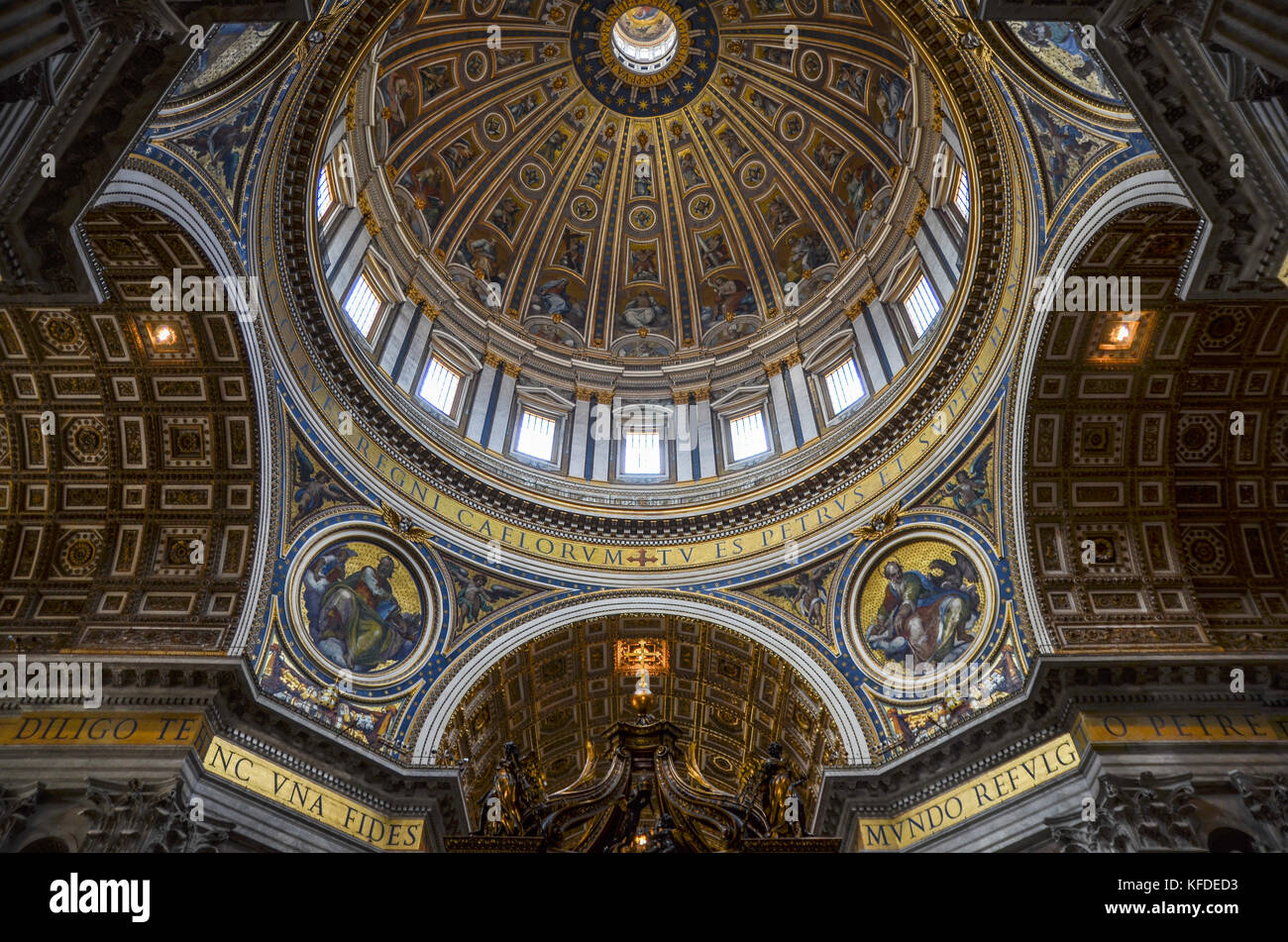
Many noteworthy buildings from the Renaissance period were constructed as testaments to the power and wealth of their patrons. Rulers, popes, and affluent families commissioned grand structures that conveyed their authority and influence over society.
Florence, often hailed as the birthplace of the Renaissance, boasts numerous examples of architecture that signify civic pride. The Palazzo Vecchio, with its imposing tower, stands as a symbol of political power, showcasing the strength of the city-state. Similarly, the Uffizi Gallery, originally designed as offices, now houses priceless artworks and represents Florence’s cultural heritage.
These architectural marvels served not only as functional spaces but also as narratives of ambition and prestige—reflecting the aspirations of societies eager to assert themselves in a changing world.
Centers of Intellectual Exchange

The Renaissance was marked by an unprecedented exchange of ideas, scientific advancements, and artistic innovation. Architectural spaces played a pivotal role in facilitating this cultural dialogue, becoming venues for intellectual gatherings, artistic collaborations, and public discourse.
Public squares, such as Piazza della Signoria in Florence, functioned as communal hubs where citizens congregated to discuss issues, celebrate events, and engage in cultural activities. These open spaces fostered a sense of community and connection, drawing together individuals from diverse backgrounds.
Furthermore, educational institutions, libraries, and academies emerged during this time, often housed within architecturally significant buildings. These structures provided platforms for the dissemination of knowledge and the cultivation of new ideas—ultimately contributing to the transformation of society.
Legacy and Influence on Future Generations

The cultural impact of Renaissance architecture is evident in its lasting legacy, as it continues to shape architectural practices and movements across the globe. Its principles and ideals have inspired countless architects throughout history, influencing various styles ranging from Baroque to Neoclassicism.
The emphasis on symmetry, proportion, and the integration of art into architecture laid the groundwork for the development of future architectural paradigms. Notably, the Palladian style, derived from Andrea Palladio’s works, garnered widespread popularity and found expression in both residential and institutional designs.
In contemporary architecture, remnants of Renaissance architecture can still be observed in the incorporation of classical elements, the exploration of spatial relationships, and the celebration of artistic collaboration. As a result, this movement continues to resonate with architects and designers striving to create meaningful and evocative spaces.
The Technical Innovations of Renaissance Architecture
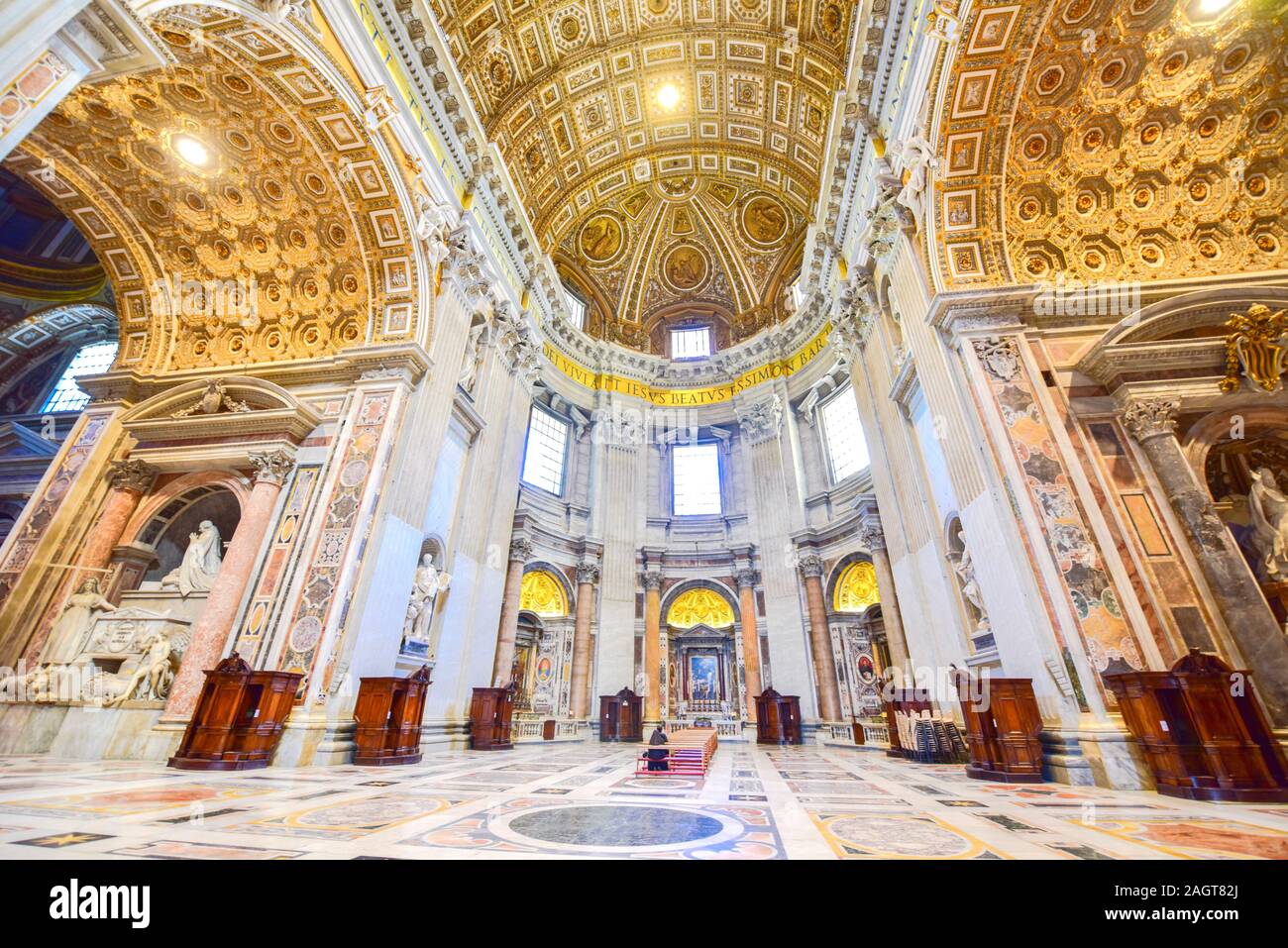
While Renaissance architecture is often celebrated for its aesthetic brilliance, it is equally important to recognize the technical innovations that marked this period. Architects pushed the boundaries of engineering, utilizing advanced methods and technologies to achieve unprecedented structural feats.
Advancements in Construction Techniques

The Renaissance witnessed significant advancements in construction techniques, allowing architects to realize ambitious designs that had previously been deemed impossible.
One notable innovation was the use of ribbed vaulting, which allowed for the creation of larger and more intricate domes. Brunelleschi’s approach to constructing the dome of Florence Cathedral exemplified this technique, combining innovative solutions with classical principles. His mastery of geometry and physics enabled him to create a self-supporting dome that still captivates admirers today.
The introduction of linear perspective, championed by artists and architects alike, revolutionized how spaces were conceived and represented. This technique allowed architects to create more realistic and harmonious environments, enhancing the viewer’s experience within the built environment.
Integration of Scientific Principles
Renaissance architects embraced the scientific method, incorporating mathematical principles into their designs. Understanding the relationship between geometry and architecture led to the development of precise measurements and proportions, resulting in structures that exuded balance and elegance.
Filippo Brunelleschi’s experiments with linear perspective fundamentally changed the way spatial relationships were perceived. By using vanishing points and horizon lines, architects were able to create visually coherent spaces, bridging the gap between two-dimensional representations and three-dimensional realities.
Additionally, the application of geometry extended beyond aesthetics to address practical concerns. Architects utilized mathematical calculations to ensure stability and durability, paving the way for innovative structural designs that stand the test of time.
The Role of Technology in Architectural Innovation
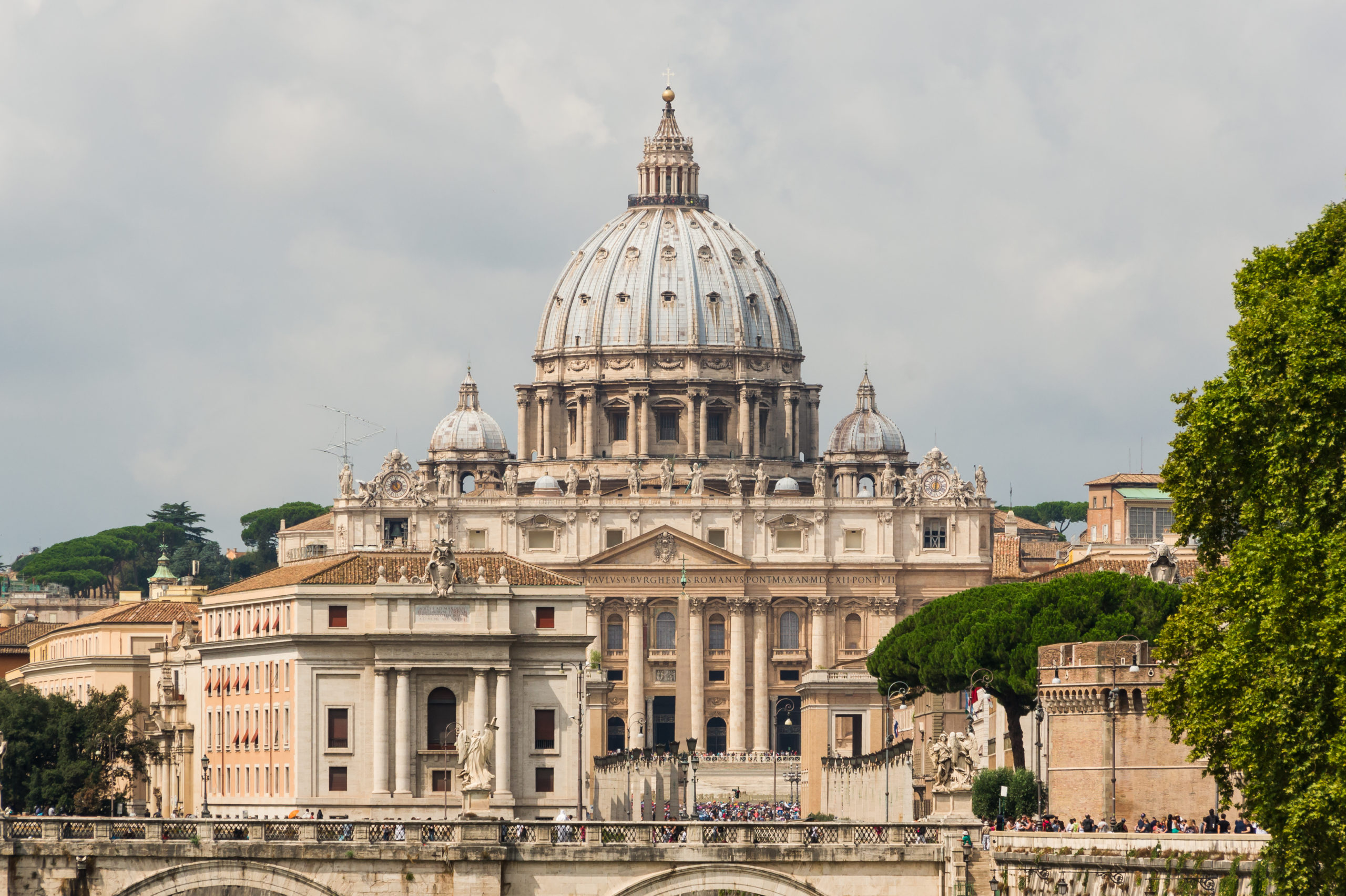
The Renaissance period saw the emergence of various technological advancements that facilitated the construction of increasingly complex structures. The invention of the printing press allowed for the dissemination of architectural treatises, enabling architects to share their ideas and methodologies with a broader audience.
Furthermore, the development of scaffolding and lifting devices revolutionized construction practices. These innovations allowed workers to construct towering edifices, such as churches and palaces, with greater efficiency and safety. The use of cranes and hoisting mechanisms provided the means to transport heavy materials, ensuring that visionary designs could come to fruition.
The interplay between technology and architecture during this period underscores the idea that innovation is born from the marriage of creativity and practicality. As a result, Renaissance architecture serves as a vivid illustration of how human ingenuity can reshape the physical landscape and elevate the quality of built environments.
Conclusion

In contemplating the rich tapestry of Renaissance architecture, one cannot help but admire its multifaceted nature. This architectural movement transcends time, intertwined with the cultural, artistic, and intellectual currents of its era. From its historical roots to its aesthetic allure, the legacy of Renaissance architecture resonates within contemporary practices, continuing to inspire generations of architects and artists.
The principles of symmetry, proportion, and harmony that characterize this style are not merely aesthetic choices; they represent humanity’s ongoing quest for beauty, knowledge, and meaning. Through the lens of Renaissance architecture, we gain insights into the complexities of society, the interplay of art and science, and the transformative power of the built environment.
Ultimately, Renaissance architecture serves as a reminder of our capacity to create spaces that reflect our aspirations and values. As we navigate the challenges of modernity, it is essential to remember the lessons imparted by this remarkable movement—a testament to the enduring human spirit and its unyielding pursuit of excellence.
✉️ Stay Connected — Subscribe for Weekly Updates
Discover timeless stories, practical wisdom, and beautiful culture — delivered straight to your inbox.
*We only share valuable insights — no spam, ever.






